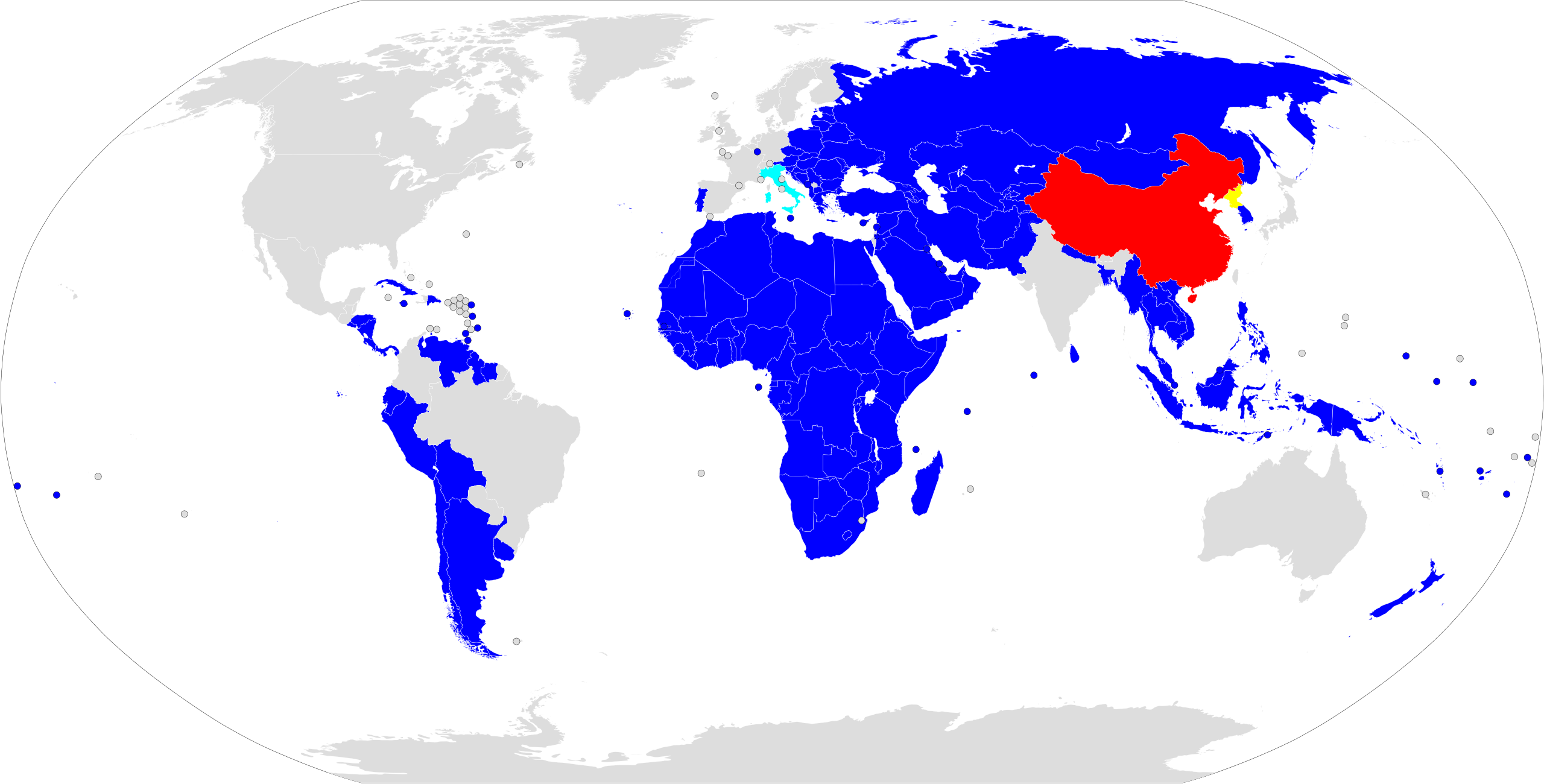For decades, China’s rise was etched in numbers and steel, its factories humming in rhythm with the global marketplace. By harnessing low-cost labor and riding a wave of international demand, it stitched itself into the fabric of our everyday lives—clothing us, feeding our appliances, wiring our homes. When it joined the WTO, the world threw open its doors, and foreign investment poured in like a tidal surge. In those years, confidence ran hot and fast. Property values soared, fortunes multiplied overnight, and it seemed no dream was too grand or too distant.
Beneath that dazzling surface, however, lay subtle fractures. Rules were often bent, and many learned early that you could reap astonishing rewards by cutting corners. Armed with a sense of invincibility, people placed extravagant bets on the future, as if prosperity had no ceiling and risk was a distant echo, barely audible over the din of success. The younger generation, nurtured on stories of unstoppable growth, absorbed these beliefs without question. They pursued wealth like moths chasing light, even when the flame began to flicker.
Then the global stage began to shift. After 2008, America and its allies emerged from crisis by reinvesting in their own homes, quietly reasserting their influence. The world that had once welcomed China’s outpouring of goods now grew uneasy. Trade tensions and whispered doubts gathered strength, like distant thunder presaging a storm. Wars of tariffs and technologies were waged not with guns, but with regulatory pens and invisible lines of code. Multinational companies, once content to stake everything on a single frontier, began to hedge their bets and scatter their supply chains across new maps.

China did not face a sudden exodus or wake one morning to empty factories, but a slow, tense recalibration settled in. Top-tier innovations—semiconductors, advanced machinery, cutting-edge components—suddenly felt heartbreakingly out of reach. It was as if a subtle barrier had risen, testing China’s ingenuity and resolve at every turn.
Meanwhile, the old pillars of growth trembled. Real estate, that once-bountiful field of fortunes, began to yield only worry, its soil depleted by speculation and debt. Local governments struggled under the weight of promises they could no longer afford. The country’s architects of policy, once confident in their well-stocked toolkit, found each fix more complicated than the last. There was no dramatic return to rationed tickets or spiraling inflation—not yet—but the future no longer beamed with the same unbroken promise.

In response, the state tightened its reins. Regulators cast a stern eye on once-celebrated icons of entertainment and technology. They reined in runaway dreams, not out of spite, but out of the desire to prevent a glamorous exterior from concealing hollow foundations. This shift, though rooted in a sober need to maintain stability, unsettled many. The youth who had grown up believing in limitless growth found themselves in a world where opportunities felt harder to grasp and boundaries seemed tighter. Confusion and frustration mingled with a cautious hope that fresh reforms or clever innovation might eventually pave new avenues.
Beneath it all, a quiet unease persists. The once-seamless tapestry of global trade is fraying at the edges. New alliances and rivalries redefine who controls the world’s most valuable resources. Talk of “decoupling” might sound abstract in boardrooms, but it carries real weight for those on factory floors, research labs, and in modest family businesses struggling to adapt. If external pressures intensify further—if key technologies remain locked behind higher walls, if domestic reforms stall—then more severe measures might feel inevitable. A return to stricter controls and narrower choices could loom on the horizon, the ghosts of the past drifting forward.
Yet nothing is certain. The system endures through careful maneuvering and resourcefulness. Though the halcyon glow of past decades has dimmed, a slow, stubborn resilience clings to each negotiation, each policy tweak, and each quiet deal struck in backrooms. China’s path remains complex, entangled in countless threads of global ambition and internal recalibration. It must now navigate a landscape where triumph is no longer guaranteed, where old stories of relentless ascent are being rewritten under less forgiving skies.
In this twilight, understanding what lies ahead requires acknowledging the tension between what China once was—ever-climbing, ever-expanding—and what it must become to survive in a more guarded, suspicious world. There is still room for reinvention, for forging trust where it has waned, and for kindling sparks of innovation where darkness threatens to settle. But the road ahead is no longer a gleaming highway of perpetual progress; it has become a winding path through shifting frontiers and lingering shadows. Whether this journey leads to renewal or retreat will depend on how deftly and courageously China steers through this uncertain terrain.
